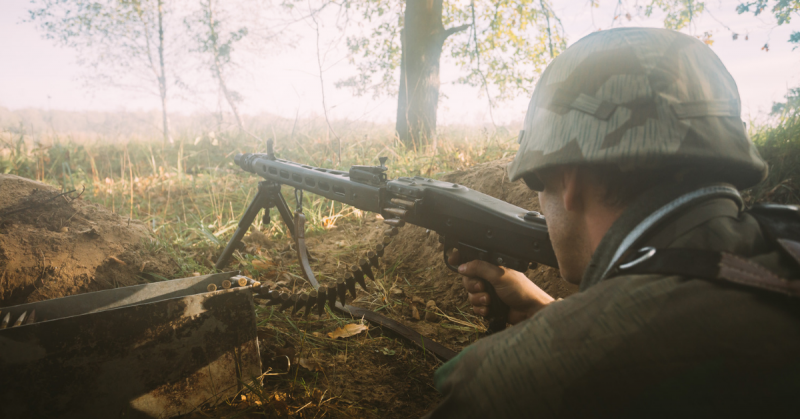It was some of the most brutal fighting of the Second World War, a grinding battle in which thousands of American and German lives were lost. It was a site of great heroism and futile tragedy, in which the fighting was so deadly that soldiers called it “the Death Factory”. Yet the Battle of Hurtgen Forest is largely forgotten.
Into the Woods
From September 1944 to February 1945, American and German forces fought over the Hurtgen Forest, an area of wooded hills on the border between Belgium and Germany.
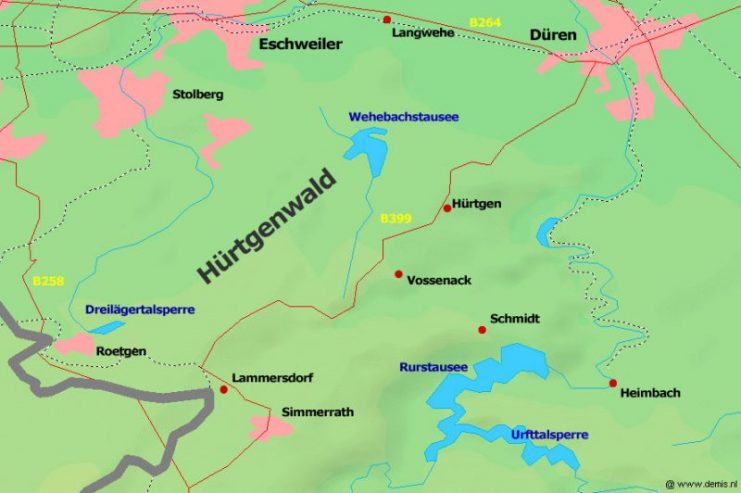
The attack was originally launched to guard the flank of VIII Corps’ advance into Germany. As the fighting progressed, other goals emerged including trying to take control of German industrial dams.
Though outnumbered, the Germans had a string of defensive positions in the form of concrete bunkers, barbed wire, minefields, and tank obstacles, all part of Germany’s defensive Siegfried Line. Despite this, the American commanders were confident that they could break through.
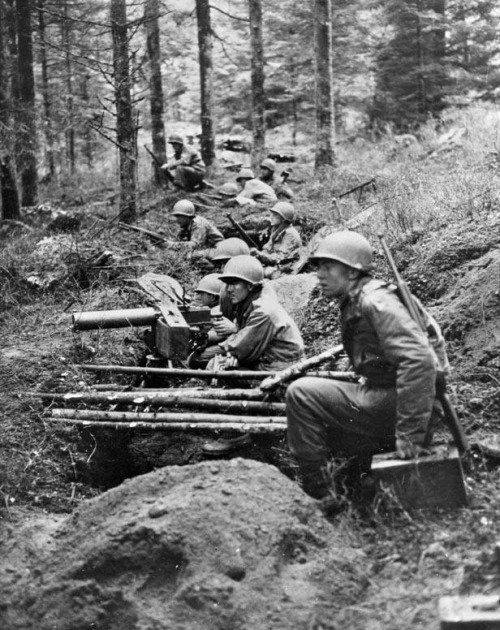
First Attacks
Allied forces were eager to get into Germany. Following a swift sweep through France, they had reached the homeland of the Reich 233 days ahead of schedule.
The attack into the Hurtgen was preceded by air attacks by the USAAF and the RAF. Thunderbolts, Lightnings, and Typhoons pounded the German border defenses.
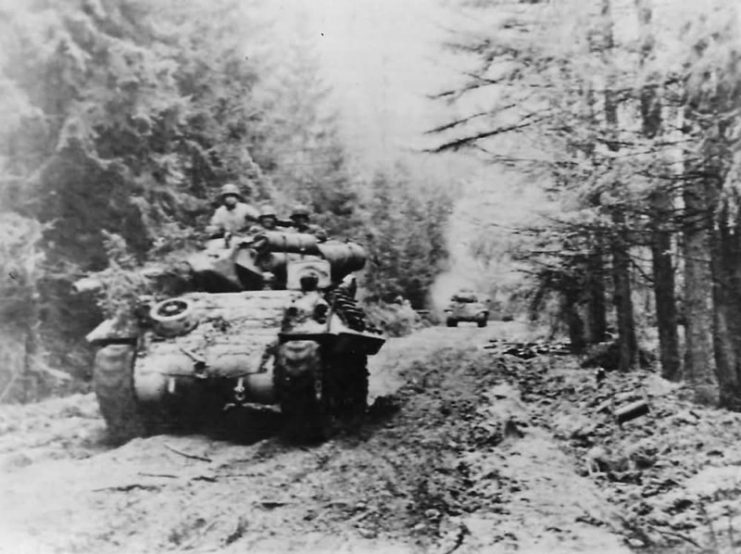
But tree cover would prevent them from providing the support they could in other terrain, and entering the forest immediately lost the Americans one of their advantages.
The mobility and superiority of tanks and aircraft were largely canceled out. Infantry advanced on heavily defended positions with less support than they had had in the preceding months.
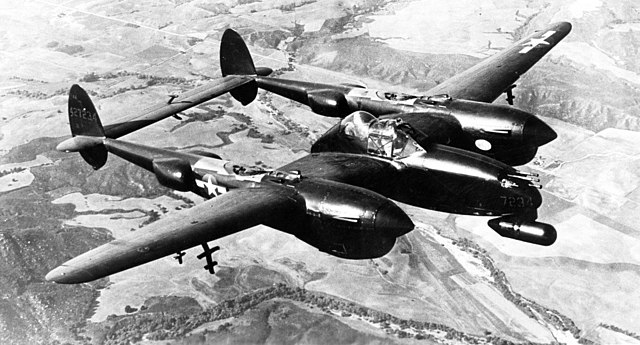
The advance into the forest began on the 13th of September, as veterans of the Mediterranean campaign crossed the border from Belgium into Germany. By the next day, they were six miles through the German defenses.
The day after that, the Germans launched the first in a series of counterattacks. By the 17th, the fighting had turned into a slow grind. American infantry tried to advance down narrow trails between tough defenses, only to be stalled by German forces and hit by counter-attacks.
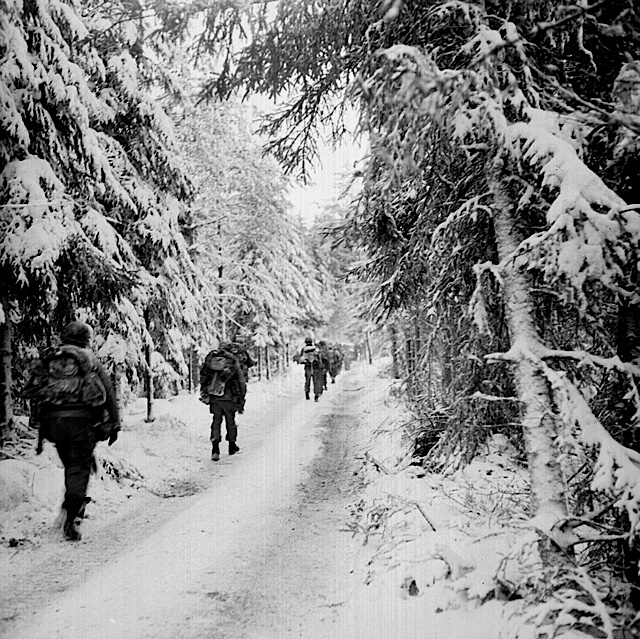
Fighting in the Forest
With German pillboxes spread throughout the forest, the Americans had to advance cautiously when they could advance at all. Combat engineers and infantrymen moved slowly through the defenses, lifting mines, cutting barbed wire, defusing booby traps, and attacking pillboxes with flamethrowers and dynamite. The 15th Engineer Combat Battalion alone lifted 1,352 mines and neutralized 125 pillboxes under fire during the initial wave of intense fighting.
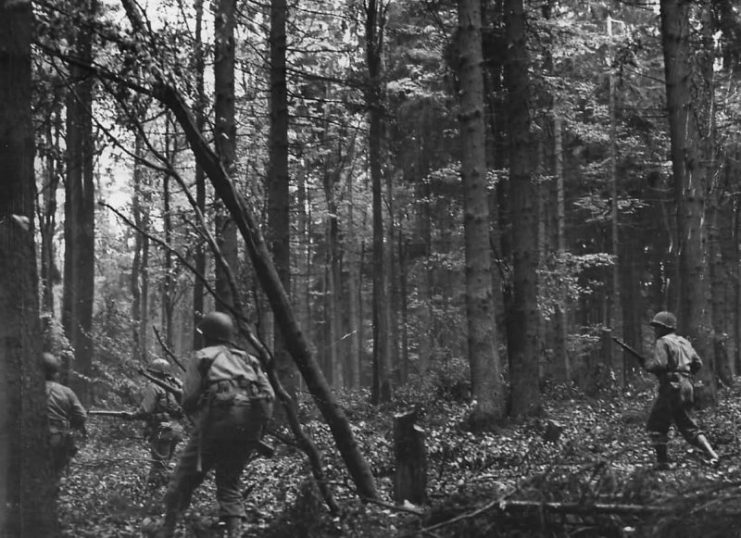
The Germans had a further advantage in experience. Many of them had fought in the forests of Russia and Finland. The Americans had no such experience and did not initially understand the nuance of combat in forests.
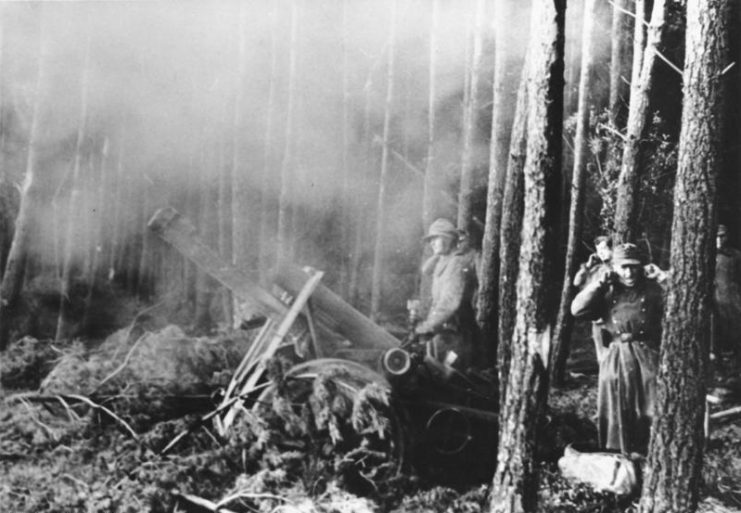
At many points, the Americans found themselves unable to break through the German lines. They stopped where they were, digging foxholes for their own defense. These had to be covered with logs and sod because of the tendency of artillery shells to explode in the treetops, showering them with shrapnel.
The generals were determined to have their breakthrough, and kept launching offensives against German positions. Some led to small successes, though they were often swept away in counter-attacks. More often, little progress was made.
During breaks in the fighting, the two sides called truces to retrieve the dead and wounded. But many men were not found, and so lay dead or dying out among the trees.
https://www.youtube.com/watch?v=dst0U83WyrI
The Strain of War
As fall drew on, endless drizzle turned the ground to mud. Snow followed with the arrival of winter. It was a miserable season for both sides, but particularly for the Americans. Living in cold, wet foxholes, many succumbed to trench foot, the bane of infantrymen in the previous war. They went for days without hot food, living off their packs of C and K rations.
Regular bursts of terrible combat took their toll on men’s minds. What medics and commanders of the time called “combat fatigue” led to many soldiers having to be taken off the line. Some men shot themselves in the foot to get out of combat.
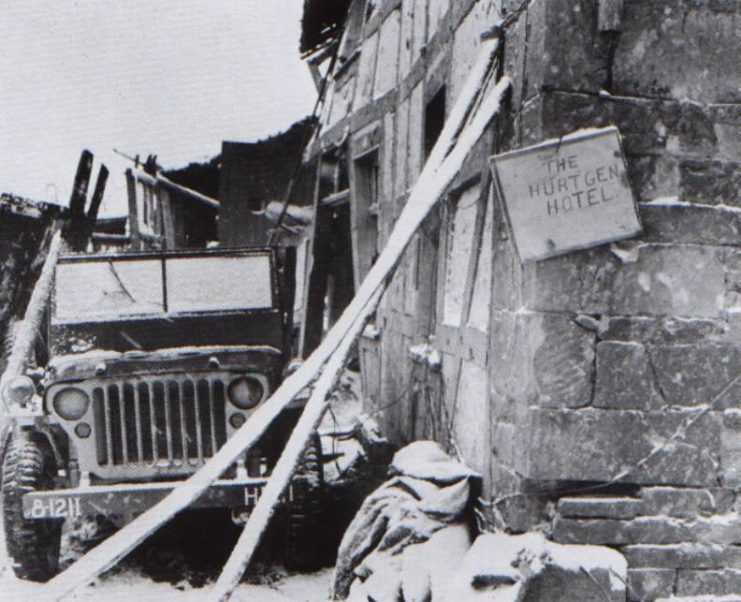
Behind the scenes, generals clung to the delusion that the best thing they could do was to keep launching the same sort of attacks, just as their predecessors had done from 1914 to 1918. Beyond the Hurtgen, the war was moving on, and the Americans could simply have contained and moved around this impossible part of the German lines. But they kept pushing.
As the casualties mounted, inexperienced recruits replaced the veterans who had first entered the forest. Still the fighting ground on.
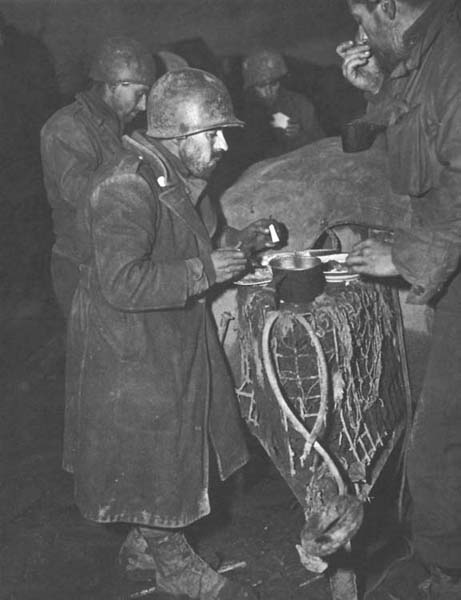
Towards an End
In December, the Germans launched a vast counter-attack through the neighboring Ardennes region. The focus of the fighting shifted away from the Hurtgen.
In February, the Americans launched their last substantial attack in the Hurtgen. Their target was now the Rur Dam. If the Germans opened its gates, then the Allied advance into Germany would be delayed by flooding.
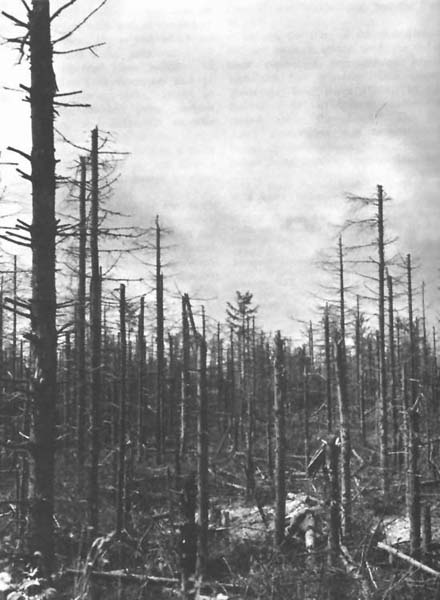
On the 10th of February, the Americans took the dam, but it was already too late. The Germans had jammed open the floodgates. Advances outside the Hurtgen were delayed by two weeks, costing the Americans, British, and Canadians heavy casualties.
The Americans had finally broken through the forest, but it could not be called a victory. The Germans under Field Marshal Model had held them up for six months. This victory belonged to the Germans.
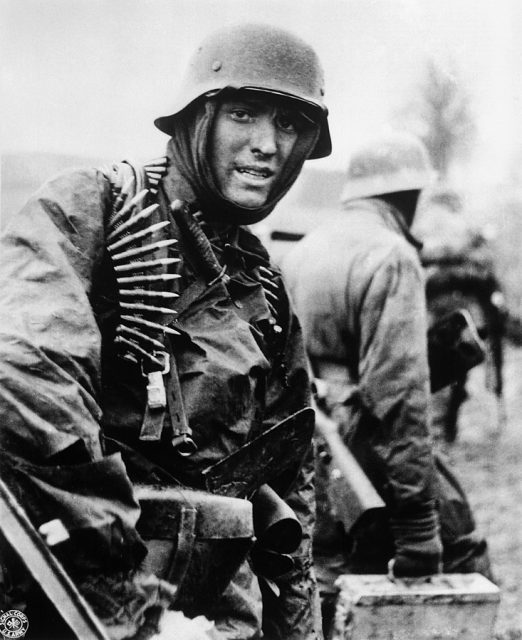
Counting the Cost
During six months of fighting, the Americans sent eight infantry divisions, two armored divisions, and several smaller units into the forest. Many rifle companies suffered 50% casualties. Two regiments suffered losses equaling 100% of their fighting strength. In total, nearly 30,000 Americans were killed or wounded and thousands more were knocked out of action by combat exhaustion.
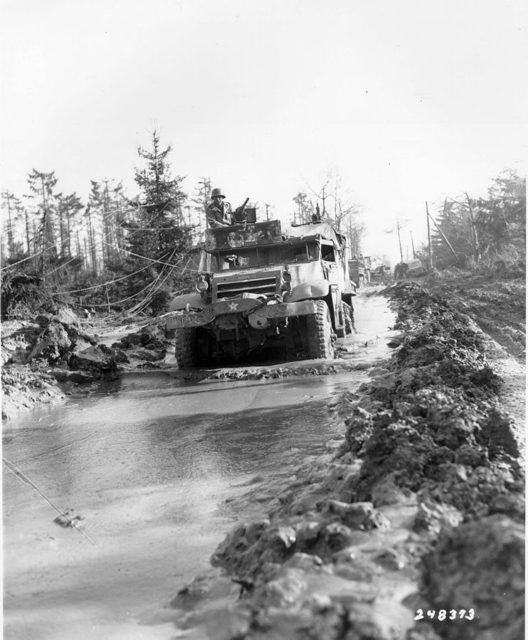
Because it wasn’t a success, the American government and press didn’t draw attention to the fighting for the Hurtgen. They swept the story aside and focused on fighting elsewhere.
It was one of the most costly and unproductive American operations of the war. To the men who fought bravely and lost friends there, it would always be the Death Factory.
